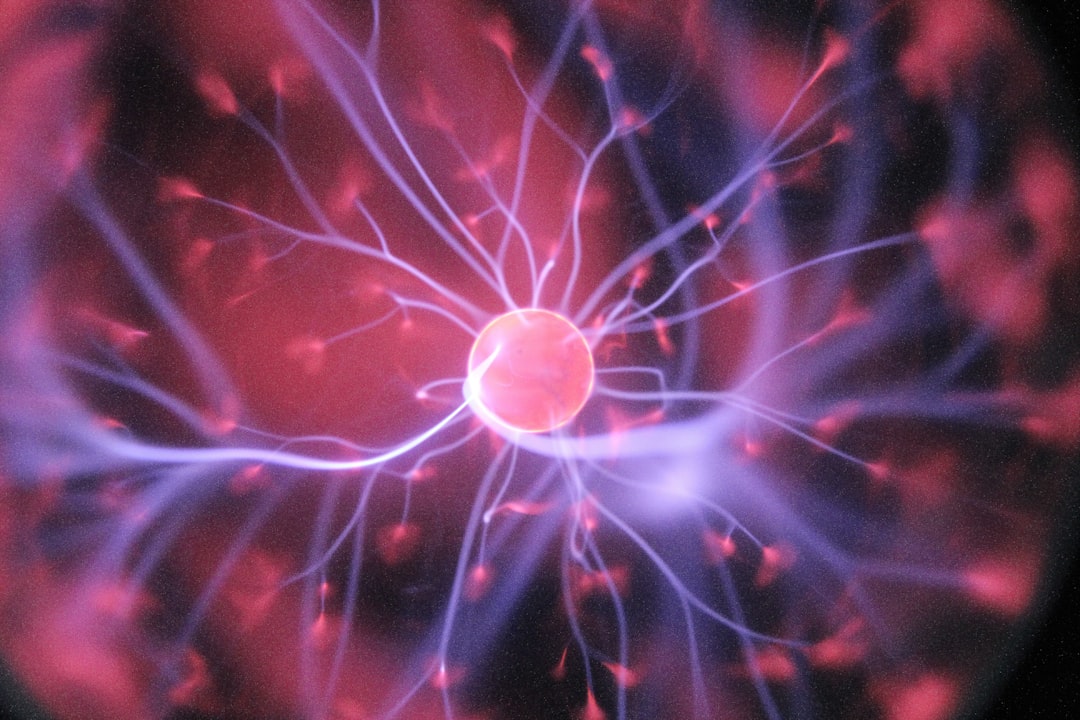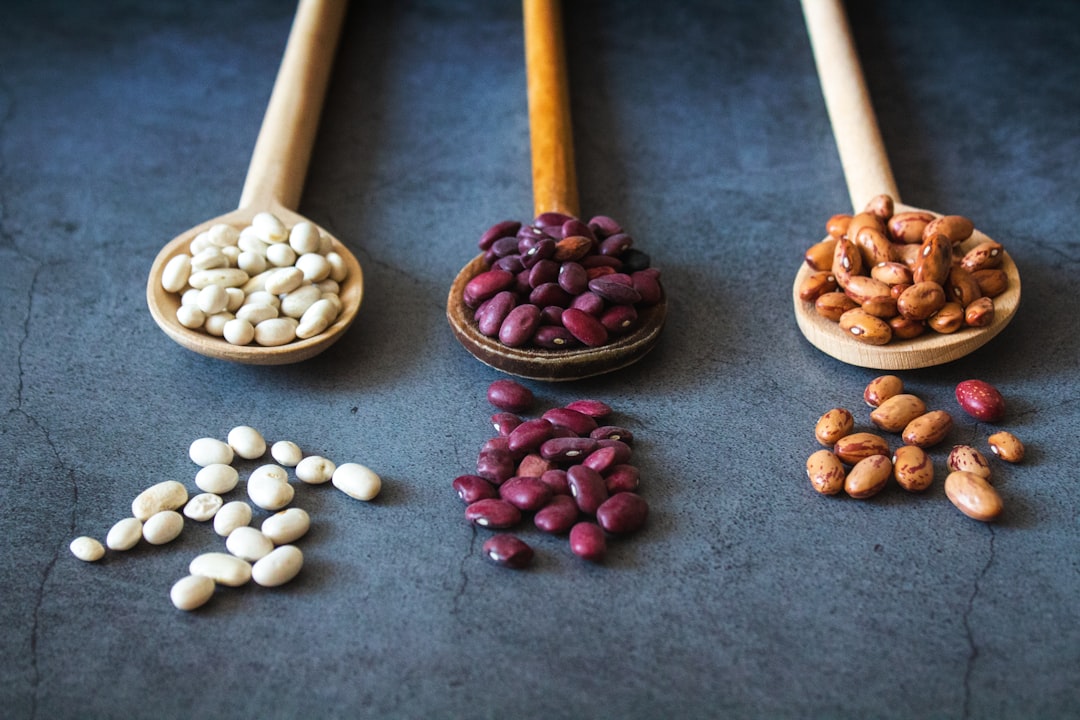What is it about?
Vermicomposting of sewage sludge using spent mushroom compost from grey oyster mushroom as feed material was conducted to determine the effect on the concentration of heavy metals, namely Chromium, Cadmium, Lead, Copper, and Zinc. We conducted vermicomposting by employing red worms, Lumbricus rubellus, with a combination of different percentages of sewage sludge and spent mushroom compost for 70 days subsequent to 21 days of precomposting. The vermicompost produced in treatments with a low percentage of sewage sludge were fine in texture, dark in colour and odourless in contrast to the initial physical characteristics. The heavy metals contained in vermicompost were 0.25 ~ 11.57-fold higher than the initial concentration due to mineralization and excretion of non-accumulated heavy metals existent in the earthworms’ gut, which were present prior to treatments. Even so, the concentration was below the limits set by EU and US biosolid compost standards and safe to be utilized as a biofertilizer and soil conditioner.
Featured Image

Photo by Neslihan Gunaydin on Unsplash
Why is it important?
Vermicomposting is a realistic and practical solution for solving the problem of sewage sludge and spent mushroom compost disposal. The present findings showed that increases in earthworm numbers and growth were maximum in a 25 : 75 ratio of sewage sludge : spent mushroom compost, suggesting that adding an appropriate amount of sewage sludge (25 ~ 50%) to spent mushroom compost can be used as feed material for vermicomposting. A lower percentage of sewage sludge in vermibeds is recommended if the main objective is vermiculture (i.e. earthworm production). Notably, applying sewage sludge vermicompost as a soil stabilizer or fertilizer would not have an adverse impact on heavy metal content.
Perspectives
Writing this article was a great pleasure as it has a co-author, a biologist who were working in Japan with whom I have had learned on professional collaboration in scientific writing and publishing. Not only that, the anonymous reviewers as well as the editorial teams of Biotechnology and Bioprocess Engineering, a publication journal by Springer and Korean Society for Biotechnology and Bioengineering, who gave constructive advise to the development of the mass balance of heavy metal in this study. More than anything else, and if nothing else, I really hope you find this article an inventive-explaining.
Dr. Azizi Abu Bakar
University of Malaya
Read the Original
This page is a summary of: Vermicomposting of sewage sludge by Lumbricus rubellus using spent mushroom compost as feed material: Effect on concentration of heavy metals, Biotechnology and Bioprocess Engineering, September 2011, Springer Science + Business Media,
DOI: 10.1007/s12257-011-0147-y.
You can read the full text:
Resources
Contributors
The following have contributed to this page










